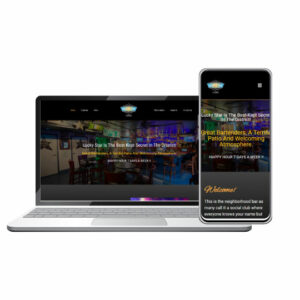
When it comes to your site's performance, page speed is of the utmost importance.
Users can manage their content without having to code website elements from scratch.
We create modern, visually beautiful, and easy to use websites. We don't use templates, we create custom websites .
The most of our time will be dedicated to understanding your business objectives, identifying the problem, and then developing the best possible solution using our extensive web development experience. for your money and done properly, your website will provide the best return on your investment.
TAMPA BAY WEB DESIGN, FREELANCE WEB DESIGN IN TAMPA. THE TAMPA FLORIDA WEBSITE DESIGNER, AKA CHRISTIAN MELO, IS TAMPA’S MOST IN-DEMAND, AFFORDABLE WEB DESIGNER IN 2022. THIS FREELANCE WEB DESIGN COMPANY IS CONVENIENTLY LOCATED IN THE BOROUGH OF SAINT PETERSBURG IN PINELLAS PARK, FL CHRISTIAN THROWS HIMSELF HEADFIRST INTO CUTTING-EDGE, MODERN AND AFFORDABLE WEB DESIGNS. SPECIALTIES INCLUDE: WEB DESIGN, LOGO DESIGN, ONLINE, SEO, SOCIAL MEDIA, SEARCH ENGINE OPTIMIZATION, GRAPHIC DESIGN, ONLINE MARKETING, WEB SITES FOR ENTREPRENEURS, START-UPS AND OTHER PROFESSIONALS. UNDER HIS WATCH, MANY OF HIS CLIENTS’ SITES HAVE MORE THAN DOUBLED THEIR WEBSITE HITS.
The Tampa Bay Website Designer | Web Design Tampa Bay| Tampa web design | Tampa FL web design | tb web design | website design Tampa Bay | web designer tb | web design Tampa Bay freelance website designer | affordable web design | How to get on the internet | Tampa web Tampa Bay Website Designer | website design | web designer | website designer The Tampa Bay Website Designer updated this site on: 1/11/2022